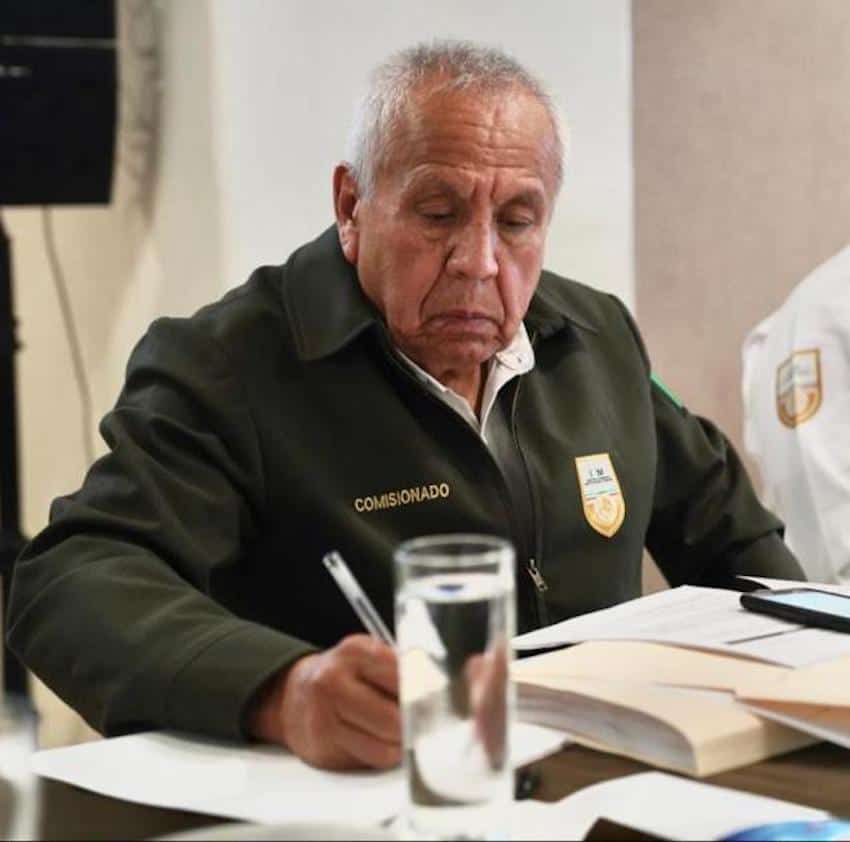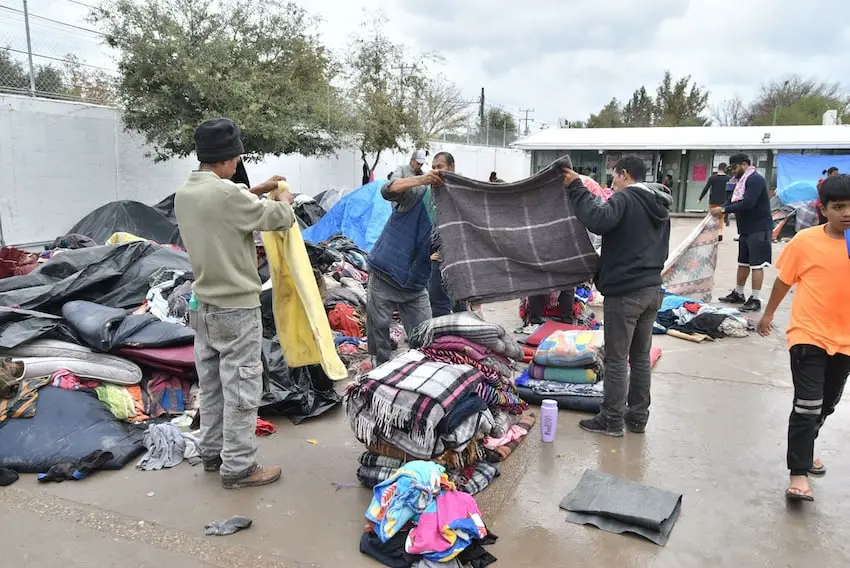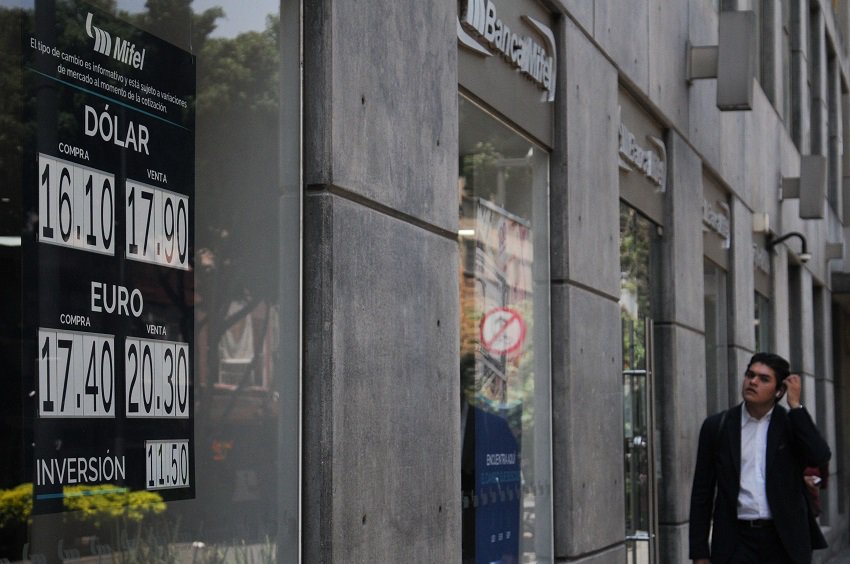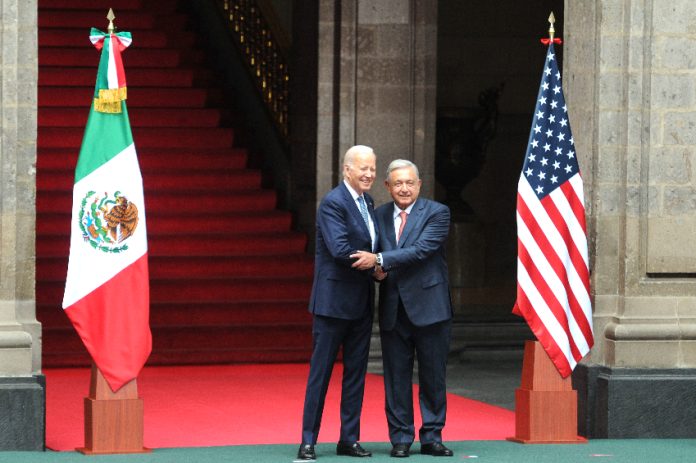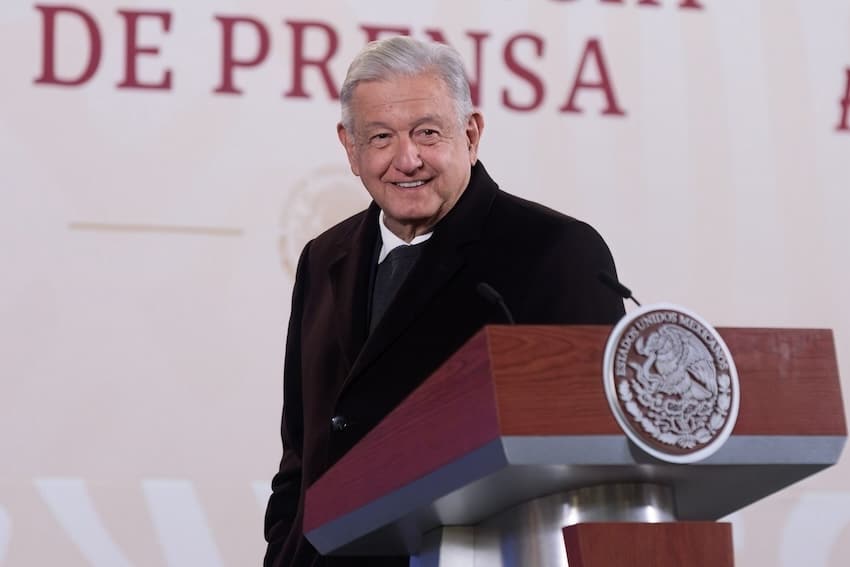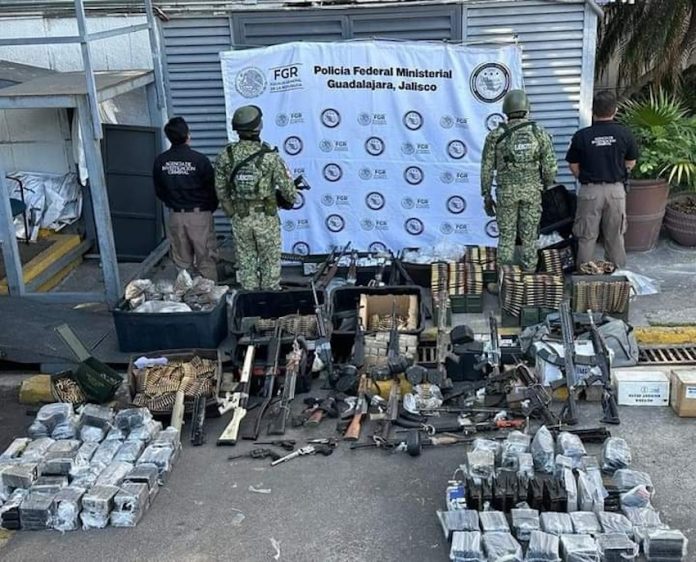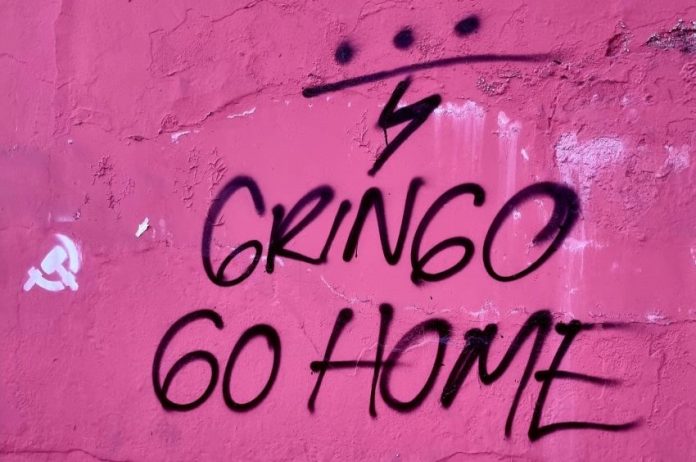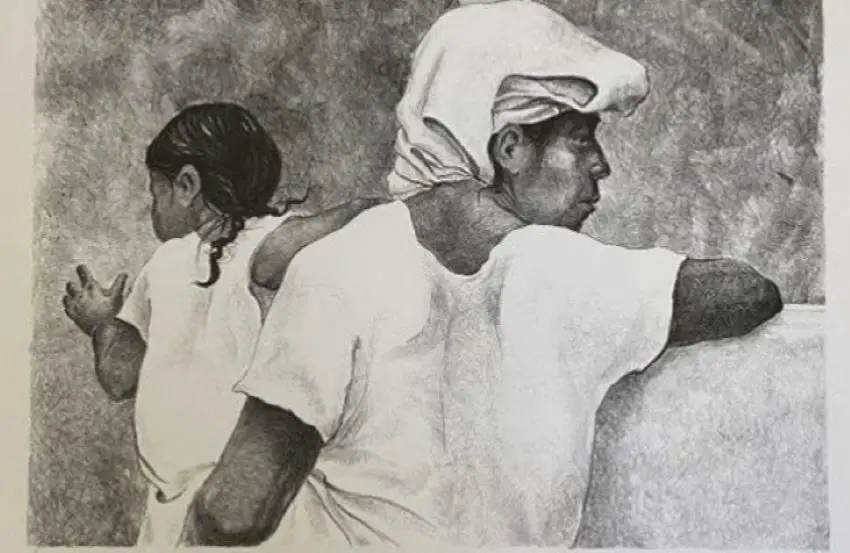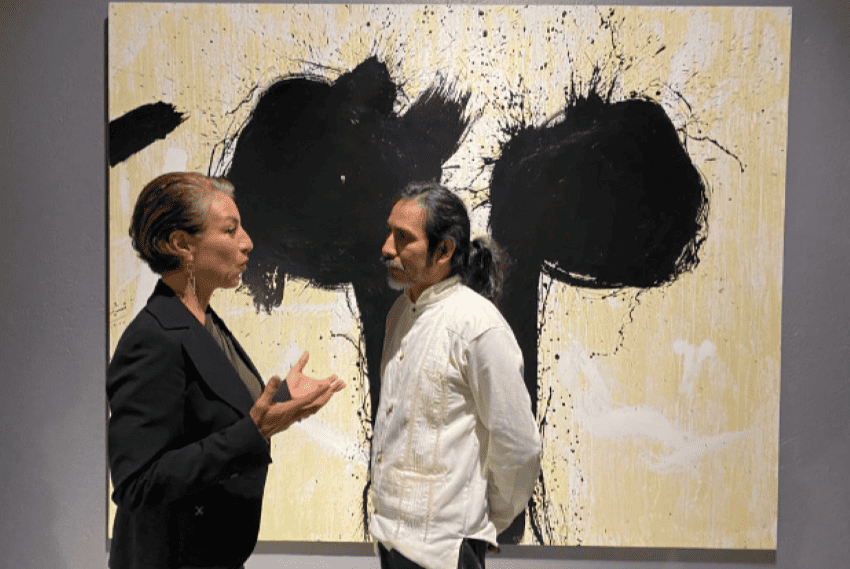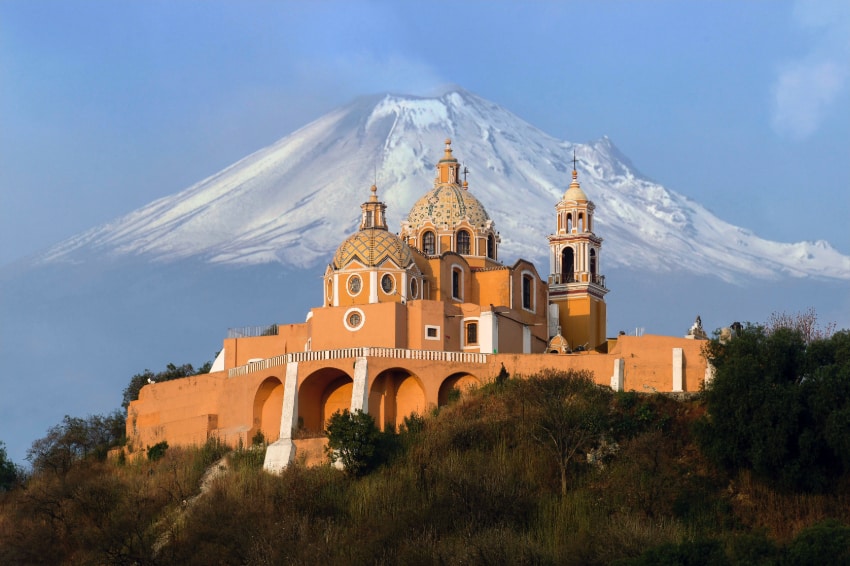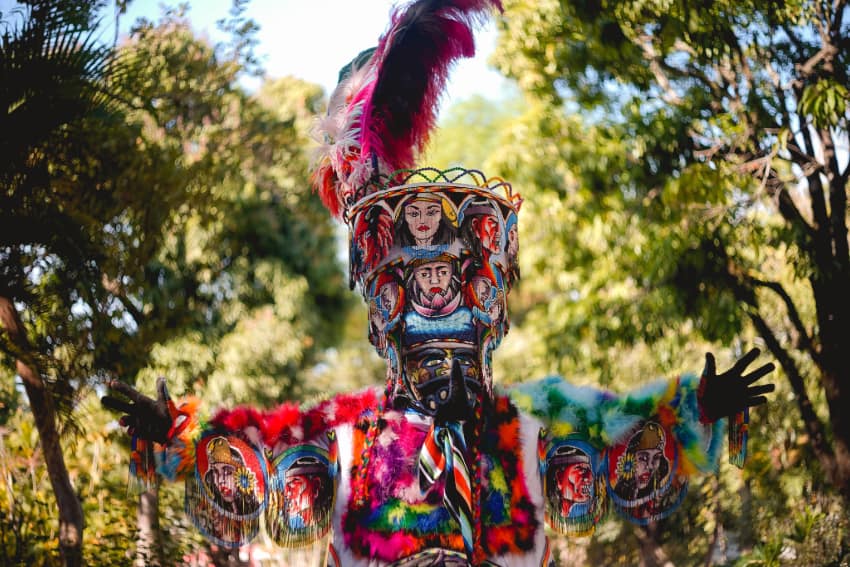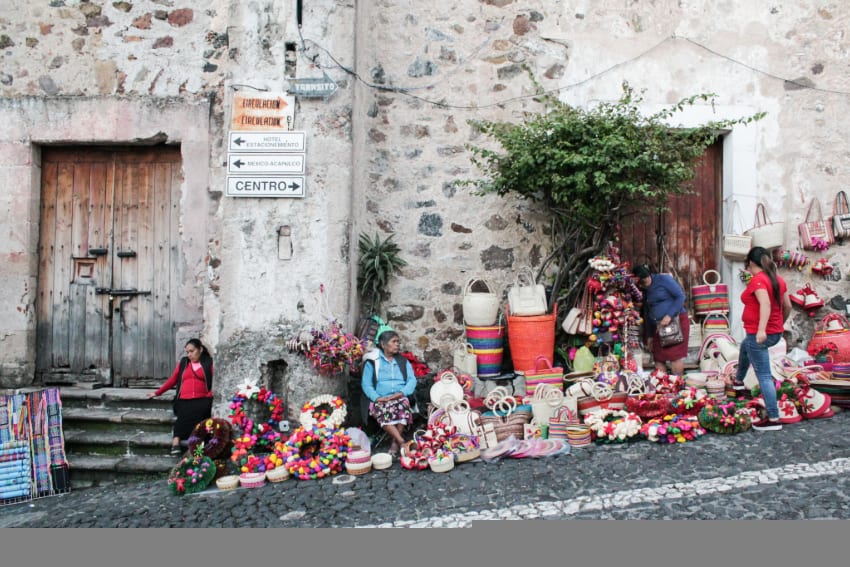Hello, I am Xiomara Zetina, a professional therapist specializing in holistic and energetic tools born and raised in Mexico City, living in San Miguel de Allende. For over 15 years, I’ve helped people reach their goals by illuminating their unconscious.
With the help of my tarot deck, I will be sharing the horoscopes with you monthly!
I studied psychology at the Universidad Latinoamericana in Mexico City and have been certified in energy tools like Reiki, Access Bars and Family Constellations.
Tarot is one of my favorite methods. It supports self-knowledge and helps me guide and support people through their healing process by unearthing their unconscious memories to better understand their patterns to be able to change them.
By giving people back their internal power, they can live in harmony with themselves, their environment and their history. By letting go of the conditioning and limiting memories of pain, shock and childhood trauma, I help people work with energy for their highest benefit.
I wish you a wonderful 2024!

Capricorn
December 22 – January 19
2024 is the time to look at your body and your physical needs.
How have you been nourishing yourself? I’m not only talking about food, I’m talking about your mind, your emotions, your energy and your soul. Our body is a vehicle to achieve all that we want, so it’s time to take care of your body, your health and your habits. You have changed. You can’t continue doing what you did when you were a child or teenager as your needs have changed. What is your body asking for? It could be massage, dance, exercise or just a hug, only you know.
Whatever you can give yourself, the universe will give it back to you. Choose wisely.
Life has been asking you to keep going and move on from grief. For many years, pain and lack were your fuel, but this year be motivated by what you deserve. What kind of people do you want to share your life with? What kind of experiences do you want to experience? What kind of places do you want to be in? How do you want to feel?
There are some rules about the universe. Do you know the rules I’m talking about? Life is just a projection of our mind, what you see on the outside comes from the inside. Do you like what you see?
More rest will increase your productivity this year. It doesn’t matter how much you’ve learned to be a hard worker. Please respect your bedtime, and create a routine to teach your brain to turn off and rest. Take care of your nervous system.
New places, new hobbies, new music, new food, and new people are waiting for you to allow yourself to explore!

Aquarius
February 19 – March 20
Innovation is a talent you were born with. 2024 is a year to define your own life rules. Creativity is another gift you have, so build a creative life.
Let expectations fall, both those that others put on your shoulders and those that were self-imposed. Look for what you want for the future.
This is a year of revelations for you. You’re going to experience so much clarity and ‘aha’ moments which will help you find solutions for the challenges that are coming. Your growth will impact everyone around you.
Time to heal your past. Leave your judgments behind and re-meet people who are still part of your present, but who you were hurt by in the past. If they are still in your present, that means there is still a lesson to be learned from them, and this lesson may be related to forgiveness.
A life cycle has expired. You have become a master in your life, and you need to practice what you’ve learned. Be humble and share to get all of the benefits from this mastery.
Change is not an option for you this new year.
Time has so much to teach you, and know that there’s no rush. Time is just a measure, so practice patience, especially when you are building something new. Don’t overthink the future. You can explore tools to keep yourself in the present moment, like mindfulness or breathwork to reduce anxiety levels. In Mexico, we say “No por mucho madrugar, amanece mas temprano.” It means that it doesn’t matter how early you wake up in the morning, the sunrise always has its own time. I say this because a process, a goal or a dream always has its own timing, and it’s almost always different to your timing.
Allow yourself to be vulnerable; there’s so much power in there.

Pisces
February 19 – March 20
This is an expansive year for you. You need to know you have all the resources you need for this. Resources are not just money but also people, experiences and knowledge. You can manage them well.
Know you are ready for this growth. Commit to yourself, and ask, “What does expansion look like for me this year?” Expanding your business, studying for a master’s degree, or something new? Perhaps it will show up as a life project, like getting married or growing a family.
Energy is another resource you can use to create the life you want, so please be aware of where you are putting your energy… is it in drama, pain, sadness and trouble… or in harmony, joy and love?
This year, you have to decide between other people’s dreams or your own. Be faithful to yourself, be real, be honest and choose yourself. This is a way to love yourself.
In 2024, people are going to talk about you – and you will most likely be criticized – but stay true to yourself. Remember that this year you are meant to break paradigms in your family and society, and not everyone will agree with you. Especially if by doing so, you show others their limitations.
You will have a very active social life. Everyone wants you to be part of their celebrations! A sweet lesson for you to learn is when to leave the party. This applies to jobs, romantic relationships, business and friend groups. Stay away from excess and also from people who trigger you.
Who are you at this moment of your life?

Aries
March 21 – April 19
Aries, this year, you have to discover new ways of being and acting, finding the balance between your desires and the common good. What would happen if you started putting your heart into everything you do? You may notice a change in attitude in those around you.
This year represents self-mastery, which includes self-control and self-knowledge. 2024 is a year of great power for you – use it wisely. Remember that he who dominates others is strong, he who dominates himself is powerful.
This year you can materialize those plans that you had previously postponed. Alliances will also be important, allowing expansion to come into your life, and letting other people share their resources with you. May “win-win” be a part of the agreements and negotiations you make this year.
Listen well to what people can contribute to your life, dreams and projects. Take what you need, always finding a way to repay the support or participation of others.
In 2024, you must cultivate the gift of patience. We are used to doing a lot to achieve our goals, but know that many different elements are part of that plan, so let things happen with the least effort and learn to pause when necessary because the pause is part of productivity. Start seeing yourself as one with others. Building a community is part of your 2024 challenge.
Take care of your relationships (personal, professional and family) and allow those who are no longer aligned with your values to leave. Do not force anything. Let those who truly contribute something good stay, and thank all the gifts and lessons they have left you.

Taurus
April 20 – May 20
2024 opens up remarkable professional growth and great possibilities for promotion, expansion or entrepreneurship. For this to happen, however, it will be important for you to be clear about your material goals and also your emotional goals. How do you want to feel? This will be how you materialize your desire for expansion and material growth. It will be a year of many opportunities, so you must weigh each option that is presented to you.
In Mexico we say, “El que mucho abarca poco aprieta.” It means that if you try to do everything at the same time, you are probably going to fail because you have to divide your energy, attention and effort into different things simultaneously. Choose the option that brings more happiness and harmony to your life.
Also, you could begin a new personal project, especially if you want to explore a new subject, hobby or sport, or learn something new to expand your consciousness and gain a new view of life.
In the middle of the year, you could feel overwhelmed because you are putting so much attention on matters of your mind. Know it’s not true if you feel trapped. You always have many options to succeed. Try to look at things from another angle and remember you have been training for 2024 to unfold in this way. You can only be trapped and stuck in past ways, old ideas, past dreams and past beliefs.
New ways and opportunities to make money will appear to you. Open yourself to receive. Abundance increases more easily when we find the balance between give and receive.
Discipline is your best partner this year to achieve your goals and dreams. I know you love pleasure, but this year, discipline comes before pleasure.
Be open to the changes and challenges that are coming for you to grow.

Gemini
May 21 – June 21
2024 will challenge you to learn that control doesn’t exist. Control is just an illusion, and you will also learn how to deal with uncertainty. This year you’re going to experience many shifts, and the real challenge for you is to learn how to feel comfortable in the unknown. It is easier than you think, even if your inner talk says the opposite. There are many laws in this universe for you to discover or remember. Especially the principle of rhythm: “Everything flows, out and in; everything has its tides; all things rise and fall; the pendulum swing manifests in everything; the measure of the swing to the right is the measure of the swing to the left; rhythm compensates.”
Impermanence will be your best teacher this year. From this moment you can start connecting with gratitude. Be thankful for the things you can’t yet see – this will bring you harmony and peace, and regulate your nervous system.
Keep developing your intuition, and let your spirit be your guide.
This year is open for you to double-check your values, your beliefs and your dreams. Are they still aligned with the person you are and the life you are living now? Do they belong to you? Are they truly yours? An awakening is coming for you in 2024.
Let yourself explore all the possibilities between one extreme and another. Change and speed this year are part of the new you.
After the second half of the year, people from your past may return. Remember the dreams you used to build in your mind as a child, and probably forgot as an adult. Reconnect with your inner child. How do you honor that little kid who is still alive in your heart?
Remember to see life with innocence, curiosity and joy.

Cancer
June 22 – July 22
The old structures on which you built your life in the past are falling away and have expired. They helped you get to this present moment in your life, but they won’t get you where you want to be. Old structures need to be removed so that new ones can emerge.
What does success mean for you? Are you still looking to be “successful” as you thought of it when you were a child? As your parents taught you? Or does success have a more current meaning to you? If you want to be successful quickly, work by yourself. If you want to go farther and hold on to that success for longer, work in a team. Success tastes better when you share it. Remember to celebrate.
You can expect a job promotion, business growth or a wedding! Get ready for this in 2024.
Be careful with your words. Try to be assertive and clear in your communication, so others don’t need to interpret how you feel, what you want or what are you thinking. Speak up, speak clearly, but don’t speak too much.
Be coherent between your thoughts, your words, your feelings and your actions.
It’s good to express your feelings, but it’s better if you can also understand where your feelings are coming from.
This is a year to be productive, work hard and find the best work methods. Remember that being productive also means focusing your attention and energy on things that need to get done, but also respecting your time for rest. Take care of yourself to prevent disease.

Leo
July 23 – August 22
You are finishing 2023 and beginning 2024 full of satisfaction. That’s why this is the best moment to practice gratitude. If you don’t feel grateful, look carefully at where you were a year ago and where you are now. Sometimes our ego doesn’t let us celebrate our real soul achievements because we are comparing ourselves to others.
Each challenging experience you overcome helps bring out your true self, and this is a really powerful process. One of the most challenging things in life is to recognize who we are and be open to sharing our true selves with the world.
It’s time to take responsibility for your success and also your failures. This is the best way to get your power back.
Sometimes you can become obsessed with the material world, money and status; this is a year to buy a house or invest in real estate. But remember it is important to also find a way to share your blessings with your community, the collective.
You are magnetic. What have you attracted in 2023? What do you want to attract in 2024? This is a good year to do inner work, especially shadow work.
Leo, this year is going to bring back old friends, old coworkers or maybe old loves, to heal any memories or disagreements that have bothered you for years. After this, you will be ready to connect differently with everyone around you. This is what miracle courses call “perception change.” Once you heal, you will see everyone differently. This is an opportunity to start connecting soul to soul.
After the second half of the year, you may see yourself moving physically or internally after going on a trip. When we travel we also transform ourselves.

Virgo
August 23 – September 22
2024 is a manifestation year for you. In recent years, you have gone through a lot of challenges and complications, but that’s how you discovered your inner resources. Your strength was tested, and you have experienced darkness to bring out your light. Get ready to let your light shine bright.
It is important to trust that you are always safe and that you are protected. This is a year to open your heart, and let down all the walls you have built to protect yourself. Don’t be afraid. No one can hurt you if you spread your love and your intentions are honest and coming from your heart.
A new cycle is beginning. People are leaving your life and new people are coming in. Take a moment to stop and realize how much you’ve been changing to create new routines and new habits, try new hairstyles, new colors and new places. Keep stepping out of your comfort zone.
The wheel of fortune is part of this reading, which means that though there is no such thing as certainty, trust that all the things happening are happening for your highest well-being. Destiny is knocking on your door. Life will be full of surprises to learn from.
If you find extra money to invest, please carefully research where you are investing; what’s behind the scenes, the company, the people, the energy. Put your money in places where it can have the highest value. I’m not talking only about financial performance. Put your money in places where you feel joy, healthy pleasure, satisfaction and expansion.
Last but not least, 2024 is a good year to heal your masculine energy, especially the bond with your father. If you want to break old patterns, see your father as a human being and try to learn more about his life story. To get the best from him.

Libra
September 23 – October 22
This 2024 is a refreshing new year. May you feel younger and full of energy, with so many new ideas, dreams and goals in your head. You are looking to discover new lands, new places and new groups of people. You have so much curiosity inside – let that curiosity guide you and let joy be part of your routine.
You have been in a transformational process for the last seven or eight years, and that process took so much energy from you. Healing requires an expense of energy, but all that energy is coming back to you in 2024.
This is a good year for you to launch a new project, brand or business. People want you to be part of their team, too. This is a year to work on your community. Two, three or more heads think better than one. Ask for help if you need it.
Don’t forget to celebrate the small achievements even if your mind is telling you that they are not a big deal. Don’t believe that talk! Celebration is a reward. Remember that sometimes passion and enthusiasm are not enough and you need to find discipline, too.
You are going to inspire people around you. People want to be as free as they think you are. Just be sure that your feelings of freedom are real. Don’t get trapped in your mind: on your fears, on your past or your old wounds.
New projects are showing up. Choose the ones that make you feel excited, that challenge your creativity and that offer you a space where you can practice all your skills and gifts that have nothing to do with your profession or current job. Getting paid is important, but it’s important to choose projects that are aligned with your values and feed your soul, not only your bank account.
In 2024, say goodbye to being a people pleaser. Your needs, dreams and desires will come first. When you choose yourself, you are loving yourself. When you set healthy boundaries, you are practicing self-love. If you want to receive love, share love and love yourself first.

Scorpio
October 23 – November 21
In 2024, you finally break away from toxic relationships, toxic partnerships, attachments, toxic patterns, unhealthy habits and old ideas about who you are and who you should be. Many people are leaving your life who were important to you in the past, but at this point of your evolution process, you may notice that you have started to feel like strangers. That’s fine, because newness needs space to arrive.
You are freeing yourself from your mind and thoughts, and you have learned to deal with your emotions better. All this work will bring you a reward. If you keep going with your healing process in 2024, even your physical body could be transformed. When we heal our minds, our cells heal too.
Be open to receiving all the love that gravitates towards you; open your arms to hug; open your heart to love. You have changed, Scorpio.
You could feel déjà vu in 2024. (Déjà vu” is a term derived from the French word for “already seen.” It occurs when someone perceives that they have already experienced a situation before, and their body experiences familiarity and confusion.) Recognize this feeling as an opportunity to make different choices. Don’t let your past ruin your present.
2024 is a harvest year for you. Receive from all your sowing, karma and dharma, and don’t be rude to yourself. If you need it, spend some time on your own. Don’t be afraid to listen to your soul instead of your mind.
Your soul has messages for you that deserve to be heard.
You need to pause to keep going strong and in harmony with yourself, your family and your community.
Your light illuminates those around you.

Sagittarius
November 22 – December 21
Can’t see a clear path for 2024? One of your lessons this year is to build trust. It’s very possible some of your plans will change or they won’t turn out as you expected, but it will be part of a bigger plan you can’t see right now.
Be open to learning and teaching from the heart, not the ego.
There are childhood goals and dreams you feel you need to achieve. Remember that all the resources you need are inside of you, you just need to trust you have them and turn them on.
Don’t overreact when things work out differently – or respond from fear, anger or your old wounds. Always choose to respond with love.
Slow down. There’s no need to rush if you know where you want your path to lead. And if you don’t know, take plenty of time to choose the path that feels most right for you.
You have a divine connection, you are gifted, and those gifts are there to be shared with the world. If you can be open, this year you will discover more gifts in yourself. Don’t feel afraid to ask for help, and do some research to grow those gifts. Again, you need to develop your ability to trust. I’m sorry to put so much emphasis on trust, but this is the information I received from this reading.
I know you have a beautiful heart, but this year you will learn that you can’t trust everyone. Don’t put yourself, your finances, your career, your material goods or your investments at risk while you are learning.
Setting boundaries is important for you in 2024.
Xiomara Zetina is a Mexican professional therapist specializing in holistic and energetic tools based in San Miguel de Allende. She studied psychology at the Universidad Latinoamericana in Mexico City and is certified in many energy tools including Reiki, Access Bars, and Family Constellations. You can work with her in person at Florsser in San Miguel de Allende and connect with her on Instagram @xiomarazetina.
Disclaimer: This article is for informational purposes only and should not be considered legal or medical advice.


